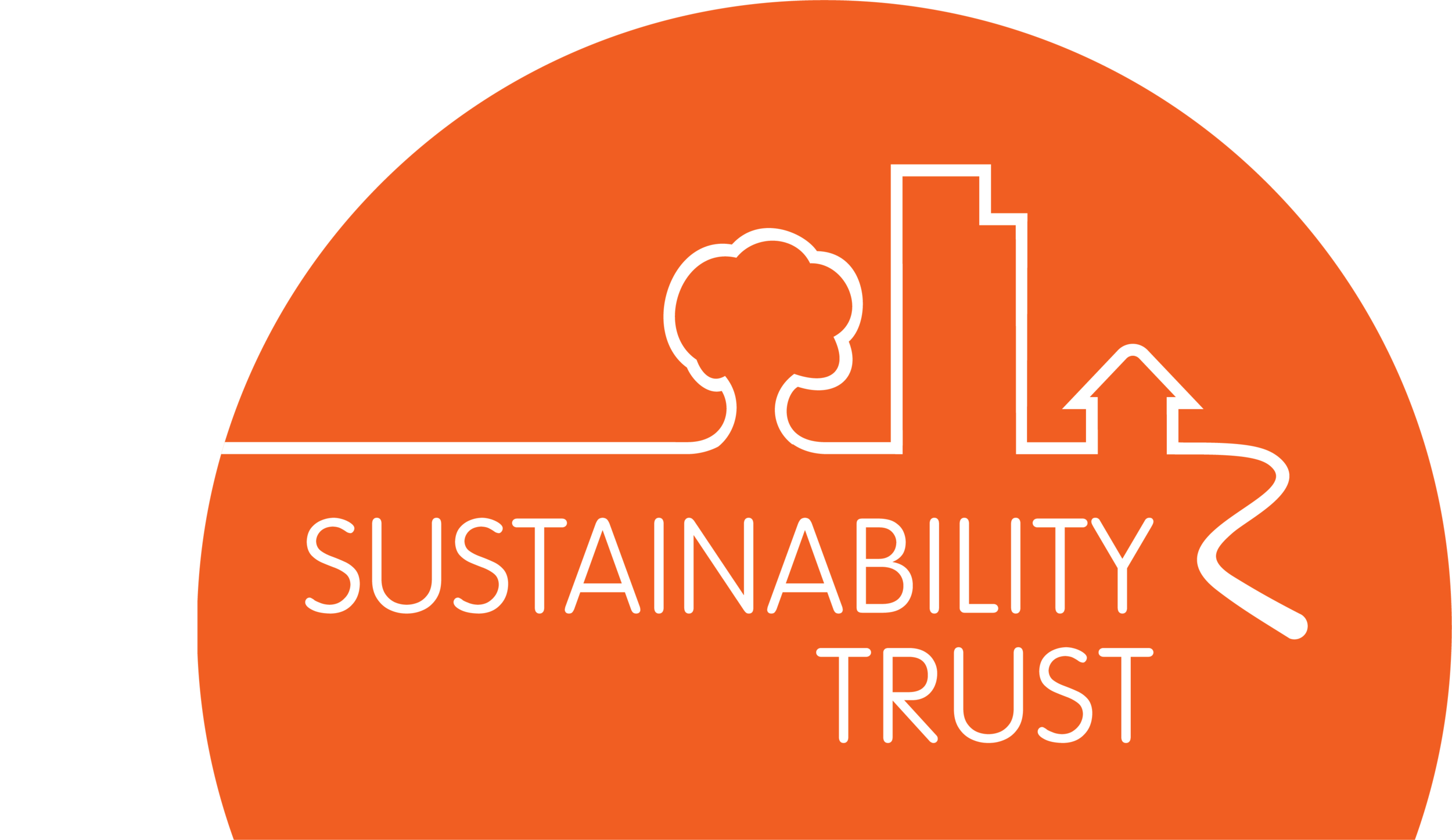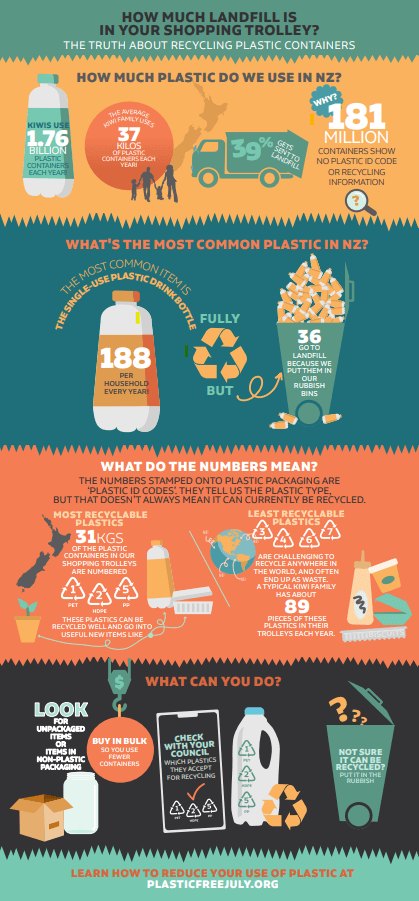Recycling in NZ is real confusing.
Published 31 January 2020
We need to reboot our recycling systems
Recycling plastic can be overwhelming and difficult to understand, but don’t worry, most people struggle with the same thing.
You almost need a degree in recycling to understand how to recycle!
WasteMINZ recently completed a world-first research project to understand what we’re doing wrong when it comes to household kerbside recycling.
They sorted through the rubbish and recycling from 867 households across Aotearoa and the results were shocking, but not surprising.
The average Kiwi household uses 941 plastic containers/bottles which is roughly 1.76 billion containers from all households. Of these, 39% could have potentially been recycled, yet they ended up in a landfill.
WHY are we doing this??
These findings explain the reasons are complex but there were six hot takes:
Understanding the different types of plastic is confusing (what do the numbers in the triangles mean?!). 181 million containers don’t even have an identifiable plastic identification code on them.
Each council recycles different things mainly because we can only process some types of plastic in Aotearoa and there is low demand internationally.
Some people are putting recyclable plastics in the rubbish bin. 68 million bottles per annum that could potentially be recycled are going straight to landfill instead.
Lids are a headache. Some people are leaving lids on trapping in the dregs and making the bottle unrecyclable. The lids are also different colours and type of plastic and loose lids are often too small to be recycled. Every year, a total of 2,498 tonnes of loose lids are disposed of through either rubbish bins or recycling bins.
Leaving the pesky sleeve on the container - with 46 million containers covered in these things meaning that the plastic can’t be recycled properly.
Coloured containers. 258 million containers are made from coloured plastics preventing them from being recycled into like-for-like items. They may only be turned into bins or pallets which may not be recycled again.
It’s not all doom and gloom, the report does make some very achievable recommendations.
We should adopt a national labelling system and container return scheme to in incentivising people to do the right thing (bring back the kiwi bottle drive).
The long story short, if we want to maximise recycling and increase the rate at which plastic containers are being recycled, then brand and product owners, packaging designers, packaging manufacturers and suppliers, councils, recyclers and consumer households all need to work together to innovate and overcome existing barriers and design effective solutions.
Watch the video below to see what we mean..


